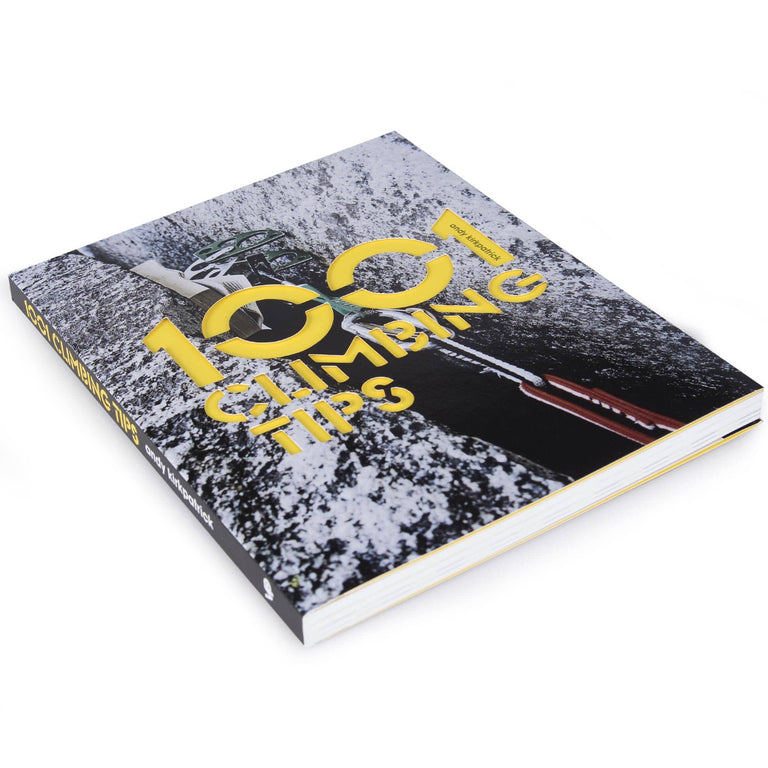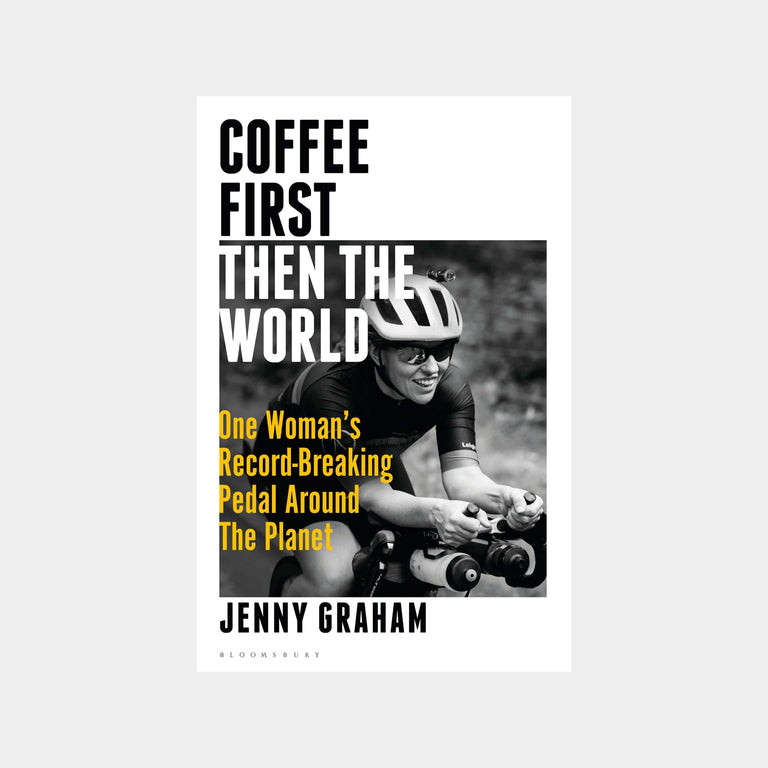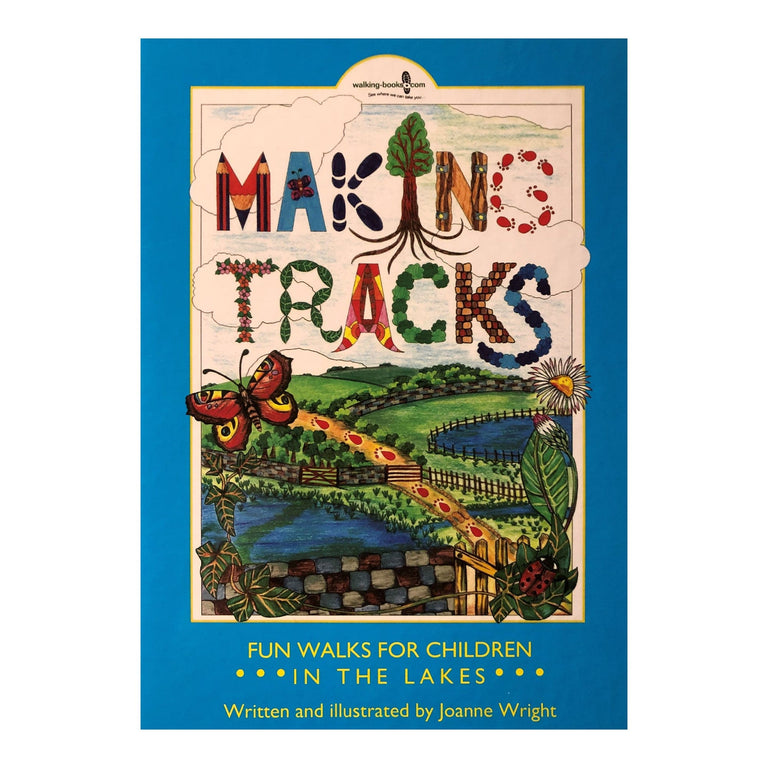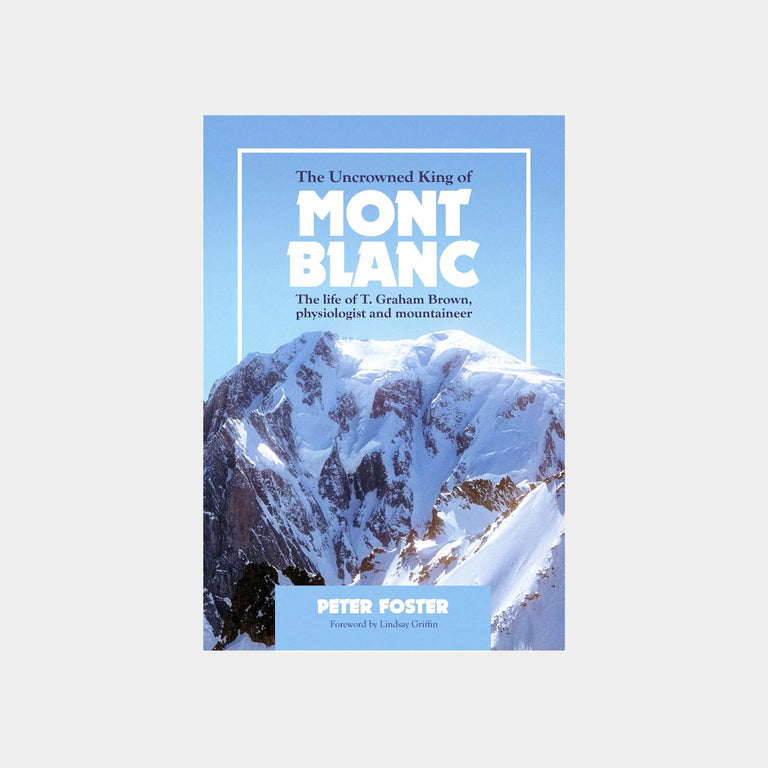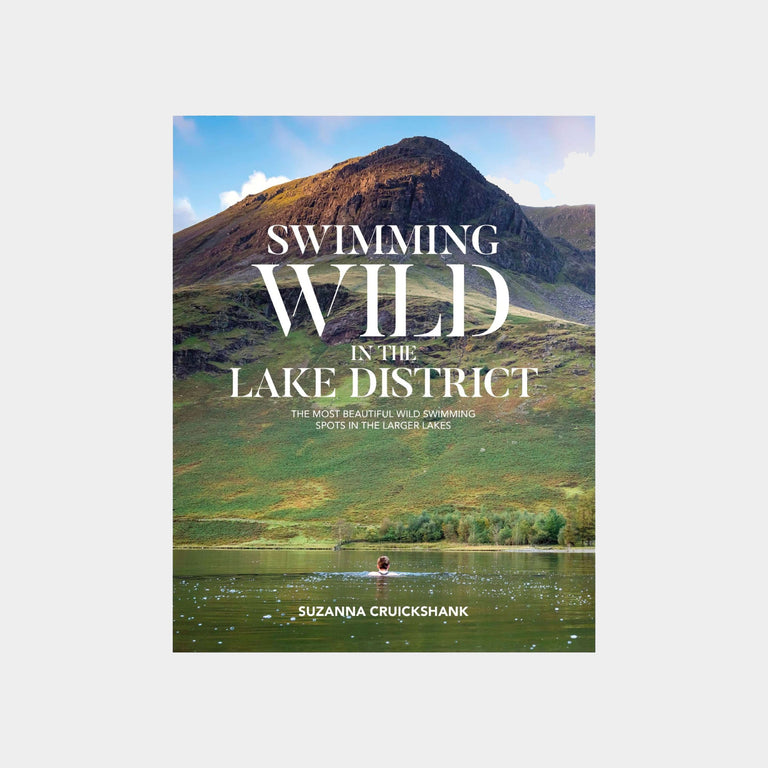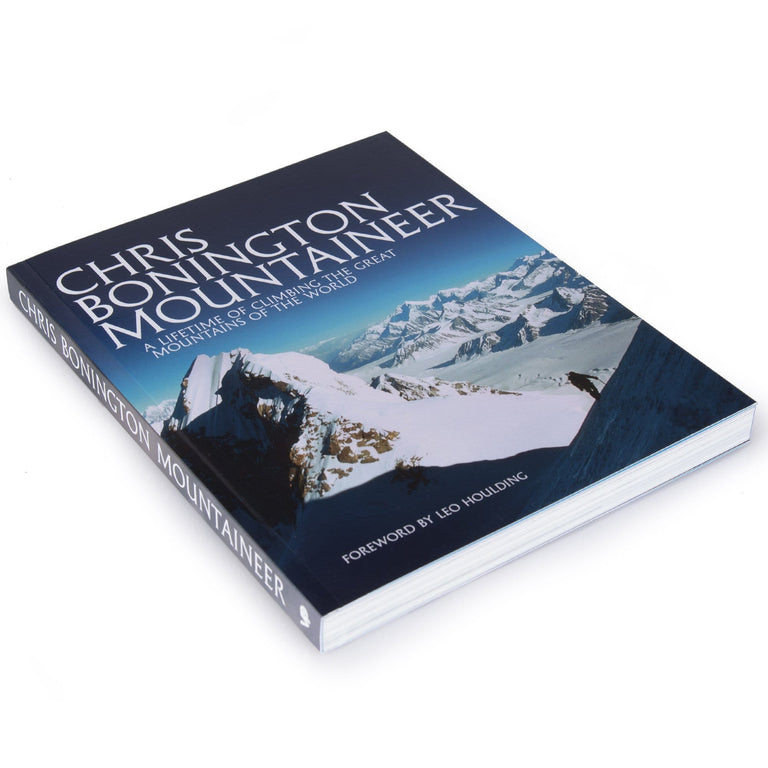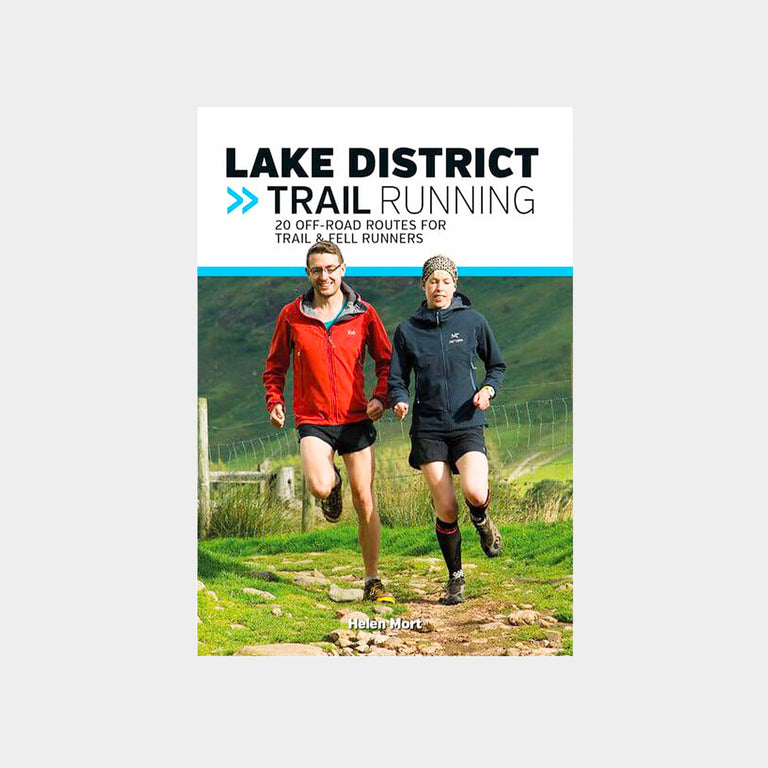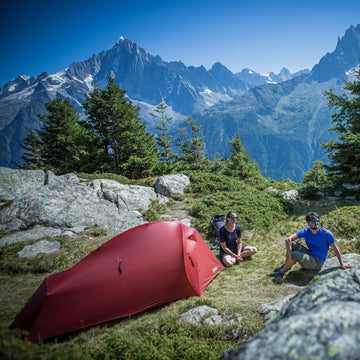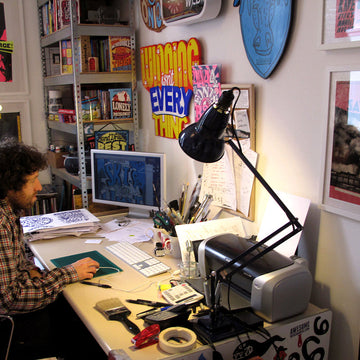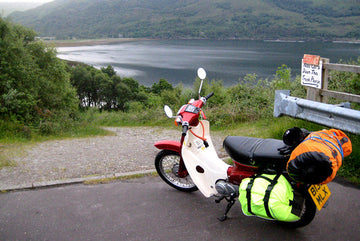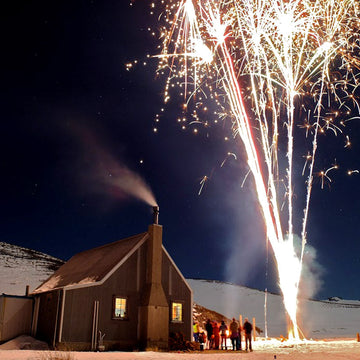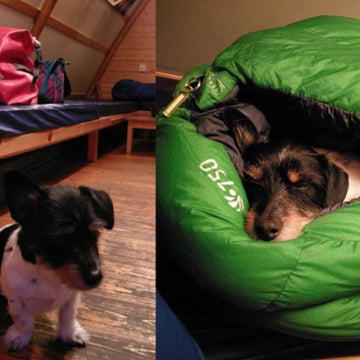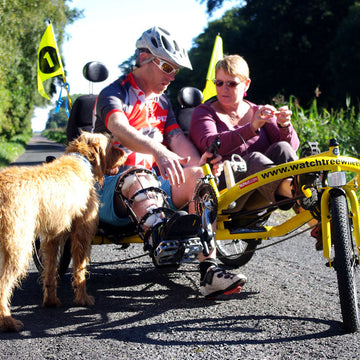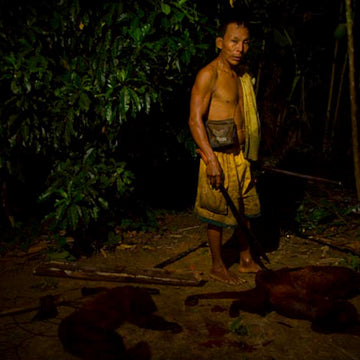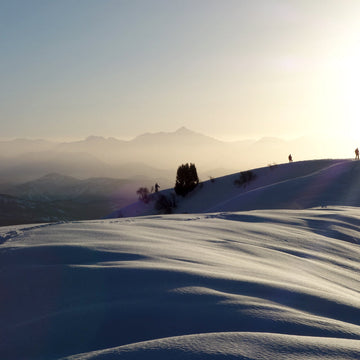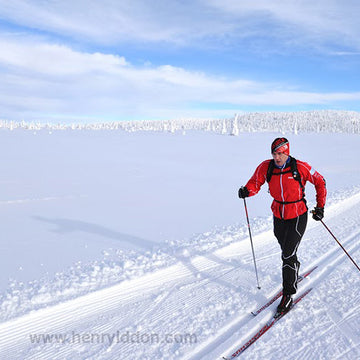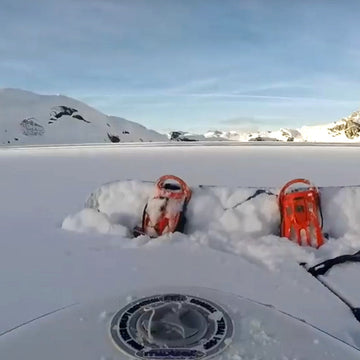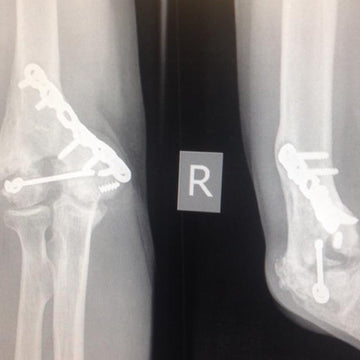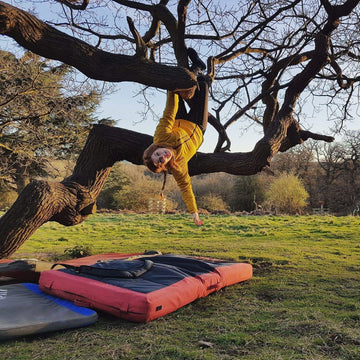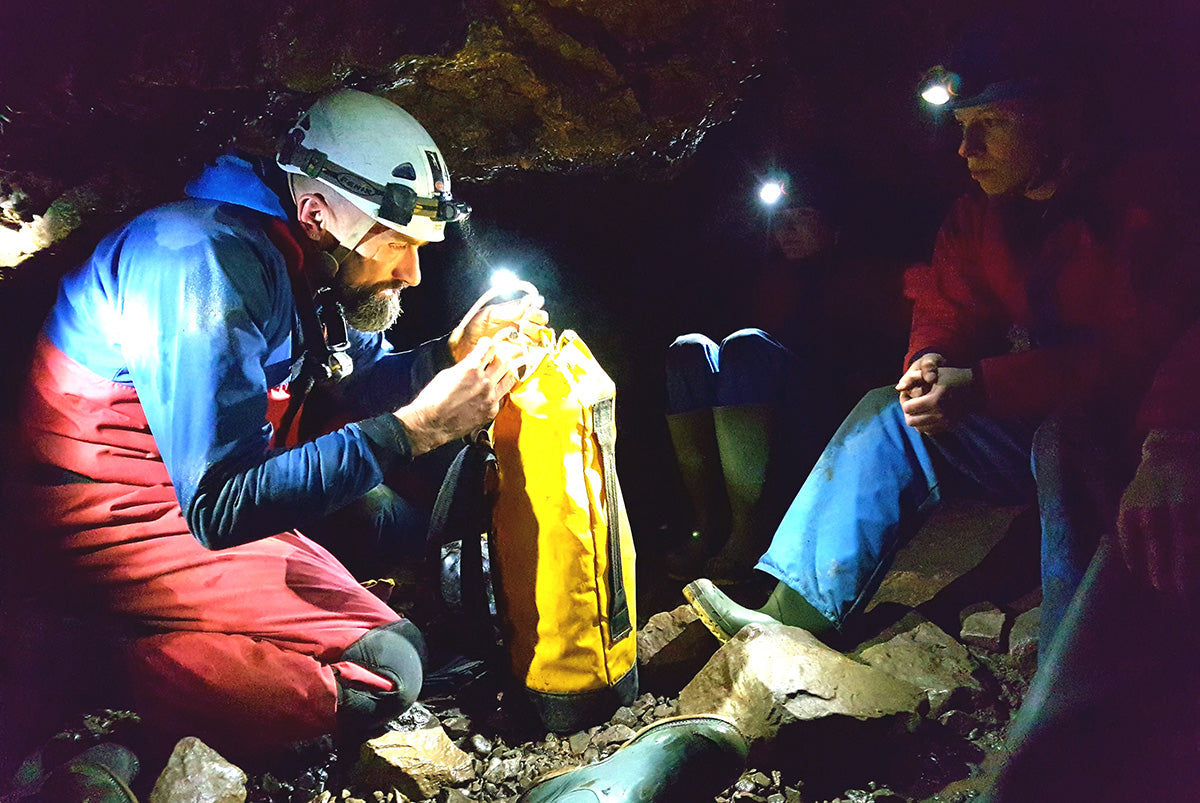
Caving into pressure: Explore the hidden depths of the earth.
Many years ago, during a caving trip with the Scouts, I was asked to propel myself headfirst down a tunnel so narrow I could barely wiggle my hips or lift my face out of the dirt. I can’t remember much else about the experience, other than a rising sense of panic, and a very fervent desire to be elsewhere. The realisation that I’m mildly claustrophobic has bugged me ever since, so when the Alpkit Foundation offered a day’s caving instruction for 15 quid, I figured it was finally time to face my fear and, hopefully, bury it forever in a cavern under the Peaks.
This is how I found myself peering down a hole in Stoney Middleton with six other punters and a steely-eyed instructor called Neil Bentley (whose name, for some reason, was ringing a little bell at the back of my head). The hole in question was an entrance to Carls Wark cavern - a ‘grade 1’ excursion that would involve crawling through natural and mined tunnels, sometimes on our bellies, for the next two hours. I smiled and nodded enthusiastically as Neil explained all this, in an effort to show just how appalled I definitely wasn’t feeling about the prospect .

The initial descent was simple enough, after which came some easy crawling, before a tighter section that dived steeply down and round a bend. For reasons still unknown, I tackled this part head-first, struggling to walk on my hands down a rocky chute while my legs (which would have been eminently more suited to the task) clattered along behind like two pieces of awkward luggage. This stupid technique did, however, have the advantage of feeling more ‘adventurous’, and by the time I plopped out into the larger area below it felt like I was already starting to gently kick claustrophobia’s arse.
This next space was big enough for all eight of us to crouch down together, and Neil took the opportunity to point out thousands of fossil shellfish called brachiopods that covered the roof and walls around. We paused in this atmospheric place to take it all in: up a hill, down a hole, in a cliff that was once the seabed, it struck me that we were just eight more future fossils, trapped like all the rest within that steady accumulation of sea life, pressure and time that geologists call limestone. I also realised that I badly needed a wee . but by this time Neil had scuttled off down another hole, so such thoughts had to be put on hold.



